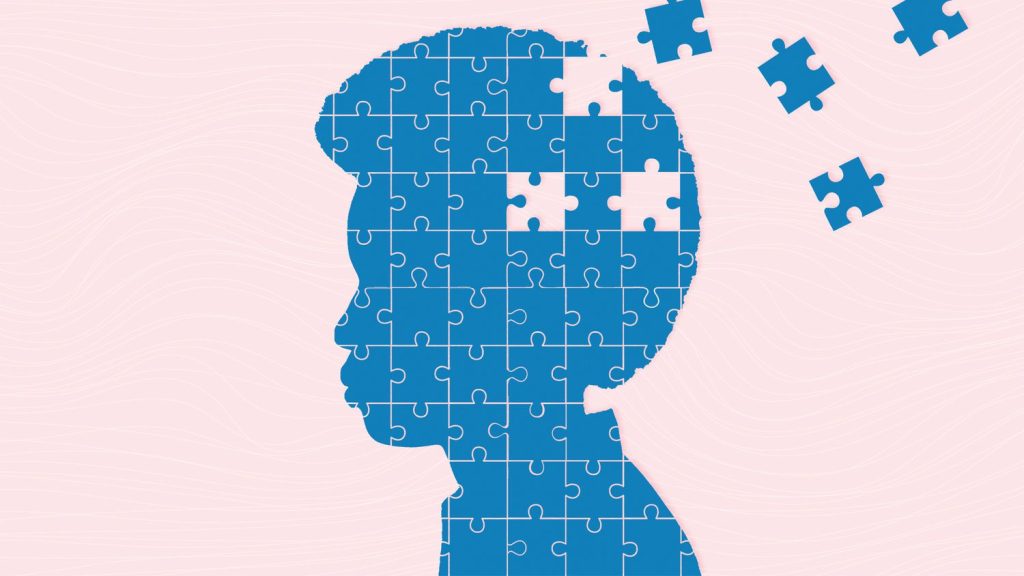Although smoking shrinks the brain, stopping could stop additional loss.
According to a recent study, cigarette smoking causes brain shrinkage, with the damage increasing with the amount of time and intensity of smoking. Alzheimer’s disease, dementia, and cognitive decline are all more likely to occur when brain volume is lost. While it cannot be stopped, quitting smoking can help slow down the shrinkage of the brain. The authors of the study advise smokers of any age to make stopping their habit a top priority. Researchers at Washington University School of Medicine in St. Louis have found that smoking cigarettes shrinks the brain. Washington, MO (WashUMed). Additionally linked to a higher risk of dementia, Alzheimer’s disease (AD), and cognitive impairment is brain shrinkage. The findings of the study demonstrate that stopping smoking at any moment prevented additional gray matter loss. But once shrinkage happens, the brain does not regain its initial mass. Smoking has long been known to be bad for the heart and lungs, but its effects on the brain have received less attention from researchers.
Leading the research team is Dr. Laura J., a senior author. The director of WashUMed’s Health and Behavior Research Center, Bierut, set out to close a knowledge gap about the negative effects of smoking. The results of the investigation were just released in Biological Psychiatry Global Open Science. According to earlier studies, smokers have a higher risk of dementia. An estimated 14% of Alzheimer’s cases are thought to be related to smoking. Disentangling behavioral and genetic variables is necessary to examine the relationship between brain shrinkage and cigarette smoking. Genetics can affect both brain shrinkage and the desire to smoke; according to the authors, genetics accounts for roughly half of an individual’s preference for smoking. The researchers took into account variables like brain volume and genetic susceptibility to smoking. They came to the conclusion that although smoking may be inherited, smoking is a major cause of brain shrinkage. The UK Biobank’s 2019 data releases are analyzed in this study. It included brain imaging data from 32,094 participants who were of European descent. The participants admitted to smoking on their own.
Researchers determined the number of years that smokers who reported consuming one pack or twenty cigarettes per day smoked cigarettes. Their brain images were contrasted with those of nonsmokers and smokers who had smoked less than 100 cigarettes. There was more brain shrinkage in those who smoked more. Dr. Neurons and their connections are lost in brain shrinkage, also known as atrophy, according to Dung Trinh of the Healthy Brain Clinic in Long Beach, California, who spoke with Medical News Today. Dr. Trinh did not work on the project. According to Dr. Trinh, this loss may affect the brain’s ability to operate properly. Dr. According to Trinh, certain crucial regions shrink in diseases like Alzheimer’s disease and dementia in general, which leads to a loss of function. For instance, he pointed out that Alzheimer’s patients frequently exhibit marked atrophy in the hippocampus, an area essential for memory formation. A decrease in cognitive function may arise from this atrophy’s suppression of interregional communication in the brain. Dr. Bierut made the observation that aging is linked to a decrease in brain volume. To put it another way, she claimed that smokers’ brains are “older”.
According to Dr. Bierut, smoking exposes oneself to numerous harmful chemicals. She continued by saying that smokers’ blood oxygen levels are consistently lower. According to Dr. Bierut, the brain is slowly starving itself because it loves oxygen and these prolonged low oxygen levels are starving it. Dr. Trinh enumerated a number of ways smoking can damage the brain. According to him, vascular damage can lower blood flow to the brain, which can cause atrophy and cell death. Dr. Trinh mentioned how smoking causes oxidative stress and inflammation, both of which can harm brain cells and the structures that support them. Cigarette smoke contains certain neurotoxic chemicals that can cause direct harm to brain tissue. According to Dr. Trinh, smoking alters the brain’s levels of several neurotransmitters, which over time may lead to atrophy and neural damage. According to Dr. Bierut, giving up smoking is among the most significant things you can do for your health. Your brain ages more quickly the longer and heavier you smoke. Additionally, I always tell older smokers that it’s never too late to give up. Even at a later age, quitting has health benefits.
In general, as the world’s population ages, a growing number of elderly people will experience dementia. This is a serious public health issue, and in order to have a healthy senior population, we must concentrate on lowering the modifiable risk factors for dementia. Dr. Trinh added that not only adults should give up smoking at the same time. Because the brains of teenagers and young adults are still developing, exposure to the negative effects of smoking during these formative years may result in more severe long-term damage, according to Dr. Trinh. It is a well-known fact that the potential lifetime harm from smoking increases with age. Dr. Robert Miller, an internal medicine physician with Vista Staffing, a company that provides physician search services nationwide, recommended a multimodal strategy for quitting smoking that includes counseling therapy. Dr. Miller did not work on the project. According to him, supportive pharmacotherapy and behavioral modification are the goals of this strategy. Dr. Miller listed seven drugs that have been given FDA approval to aid in quitting smoking, including nicotine replacement therapies (i.e. e. oral tablet medications (i.e., nicotine patches, lozenges, gum, oral inhaler, and nasal spray). e. , bupropion SR and varenicline).
According to Dr. Miller, helping others break the habit and finding success through a common goal can support each person on their own journey. It could also be beneficial to substitute healthy pursuits like reading or working out for the craving to smoke. According to Dr. Miller, some people discover that their urge to smoke might be a reaction to specific triggers. One way to kick the smoking habit is to recognize and stay away from personal triggers. It is not thought that vaping is a secure or reliable method of quitting smoking for those who are thinking about using e-cigarettes.
REFERENCES:







